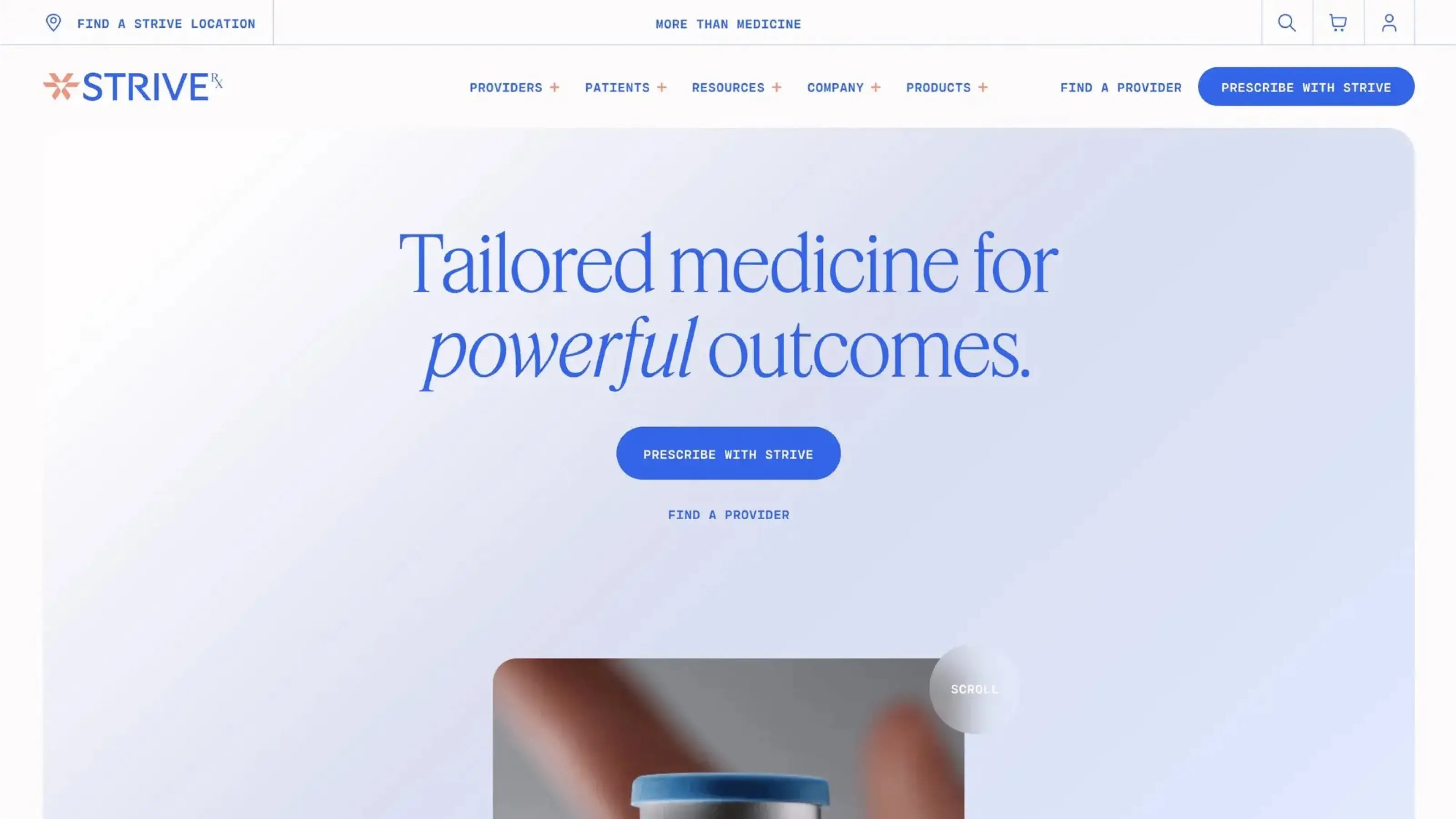Case analysis: a profitable patient flow strategy from scratch in 2 months
Medical tourism advertising is one of the world's most competitive digital markets. A clinic entering this market from "scratch" can easily get lost among competitors with huge budgets. For our partner, we achieved the exact opposite with a 2-month sprint: we started a profitable patient flow by using the budget intelligently.
In this case analysis, we will explain how being the "smartest strategist" rather than the "biggest spender" led to results from scratch in 2 months.
The challenge: zero brand awareness, massive competition, and a time constraint
When we started with our partner, they had no digital presence and a clear goal: start bringing in international patients, fast.
- Zero Data: There was no campaign history to optimize, no algorithm to train, and no existing audience data.
- Budget Pressure: Costs-per-click (CPC) in key markets like the UK and Germany were astronomical and unsustainable for a new player.
- Time Constraint: There was no time to wait for long-term SEO or brand awareness campaigns; "real patients" were needed within 2 months.
The strategy: multi-platform, data-driven, and niche targeting
For this project, which required speed and profitability, we built our performance marketing strategy on 4 key pillars:
1. Budget efficiency: niche market targeting
Instead of "burning" the budget in the most competitive markets (UK, Germany, USA), we targeted niche markets where competition was lower, but demand was untapped.
- Specific "blue ocean" countries in Eastern Europe, the Balkans, and Scandinavia were identified.
- A significant portion of the budget was allocated to these low-cost (low CPL) markets to create a "quick-win" for the initial patient flow.
- A profitable operation was launched with costs 60% lower than in competitive markets.
2. Patient journey design (AIDA model)
We treated the user not just as "data that fills a form" but as a "patient in the decision-making process" and applied the AIDA (Attention, Interest, Desire, Action) model.
- Attention: Meta (Facebook/Instagram) ads were used to show the clinic's services and aesthetic solutions to the potential audience.
- Interest: Google ads were used to target (high-intent) users actively "searching for treatment."
- Desire: Remarketing campaigns showed success stories and doctor expertise to users who had visited the website.
- Action: The form-filling process was made frictionless with conversion-focused landing page designs.
3. The technical foundation: CRM integration and conversion tracking
In medical tourism, what matters isn't "collecting leads" but "making sales" (operations). We used technology to make this distinction.
- All advertising platforms were integrated directly into the clinic's CRM system.
- A distinction was made between those who "filled a form," "spoke with the sales team," and "were confirmed for an operation."
- Ad optimization was based not on "Cost Per Lead" (CPL) but on "Cost Per Qualified Lead" (Cost Per MQL). This is fundamental to ROICool's principle of transparency.
4. Multi-platform budget optimization
Instead of relying on a single platform (just Google or just Meta), we managed the budget dynamically.
- The Google Search Network was used to capture "hot" leads in the decision phase.
- Meta platforms were used to build awareness among "colder" audiences and for powerful remarketing.
- The budget was redistributed weekly between the two platforms based on the answer to the question: "Which one is bringing in higher-quality leads?"
The results: a profitable operation launched in 2 months
The project, which started from zero, achieved clear success within 60 days:
- Fast Results: Within the first 2 months of the strategy's launch, the first international patients who booked operations arrived in Turkey.
- Budget Efficiency: The Cost Per Lead (CPL) from niche countries was 60% lower compared to competitive main markets.
- High Quality: Thanks to CRM integration, the "junk lead" rate was minimized, allowing the sales team to focus only on real potential patients.
The analysis: in medical tourism, strategy is greater than budget
This case study proves that when entering a tough market like medical tourism, what matters is not having the "biggest budget" but the "smartest strategy." Discovering niche markets, placing technology (CRM) at the center of the strategy, and meticulously planning the patient journey with the AIDA model can turn even a brand-new clinic into a profitable operation in as little as 2 months.


